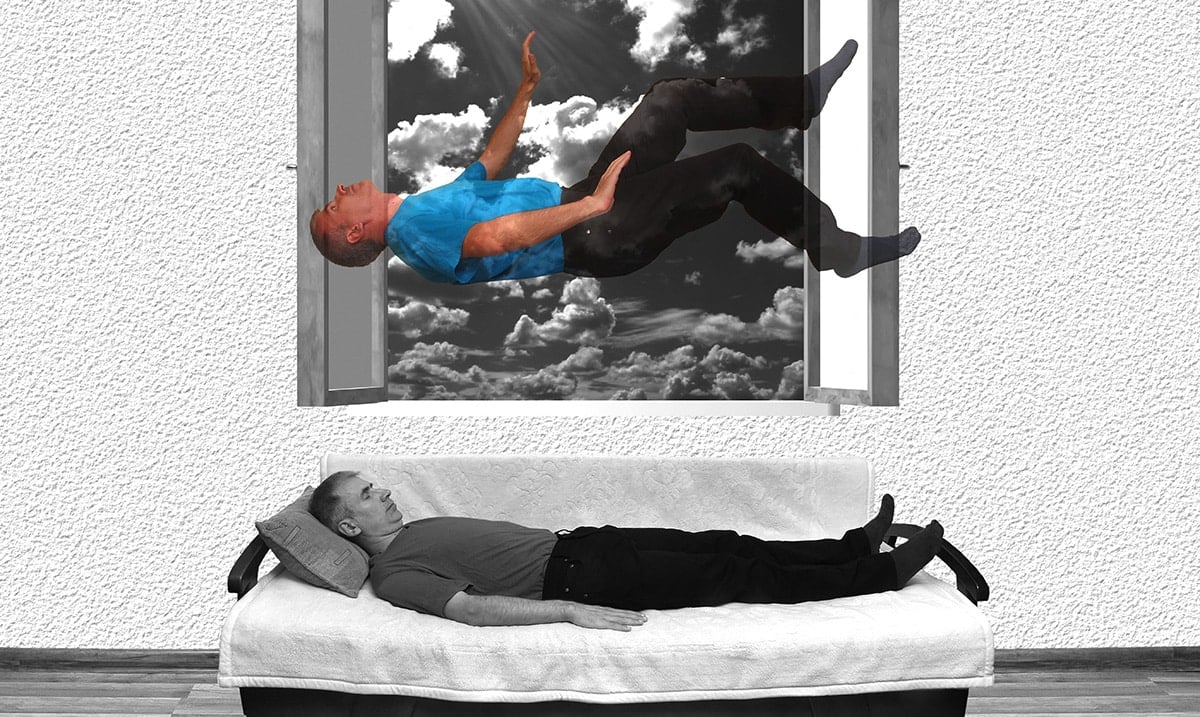While we all love to dream, for the most part, lucid dreaming in itself is something many of us work hard to accomplish. That act in itself is something we tend to consider as mind-blowing but something else has brought things even deeper as of late.
A new study that has recently been published has a lot of questions coming forth as it seems to accomplish the impossible. Basically, an international team of researchers were able to achieve real-time dialogues with people in the middle of their lucid dreams. This according to VICE is known as ‘interactive dreaming.’
The summary of this study goes as follows and was published under the title ‘Real-time dialogue between experimenters and dreamers during REM sleep’:
Dreams take us to a different reality, a hallucinatory world that feels as real as any waking experience. These often-bizarre episodes are emblematic of human sleep but have yet to be adequately explained. Retrospective dream reports are subject to distortion and forgetting, presenting a fundamental challenge for neuroscientific studies of dreaming. Here we show that individuals who are asleep and in the midst of a lucid dream (aware of the fact that they are currently dreaming) can perceive questions from an experimenter and provide answers using electrophysiological signals. We implemented our procedures for two-way communication during polysomnographically verified rapid-eye-movement (REM) sleep in 36 individuals. Some had minimal prior experience with lucid dreaming, others were frequent lucid dreamers, and one was a patient with narcolepsy who had frequent lucid dreams. During REM sleep, these individuals exhibited various capabilities, including performing veridical perceptual analysis of novel information, maintaining information in working memory, computing simple answers, and expressing volitional replies. Their responses included distinctive eye movements and selective facial muscle contractions, constituting correctly answered questions on 29 occasions across 6 of the individuals tested. These repeated observations of interactive dreaming, documented by four independent laboratory groups, demonstrate that phenomenological and cognitive characteristics of dreaming can be interrogated in real-time. This relatively unexplored communication channel can enable a variety of practical applications and a new strategy for the empirical exploration of dreams.
Those who were partaking in this study were able to overall respond correctly to questions that were asked them while they were in their REM sleep. This in itself really brings about a new unexplored means of communication that we overall haven’t dived into yet. Who knows what we will find in the dream world as a result of all of this. In time, it could really help us understand our dreams and dream states much more properly.
VICE wrote as follows on this topic:
“There are studies of lucid dreamers communicating out of dreams, and also remembering to do tasks,” said Karen Konkoly, a PhD student at Northwestern University and first author of the paper, in a call. “But there’s a fairly limited amount of research on the stimuli going into lucid dreams.”
“One thing that surprised us is that you could just say a sentence to somebody, and they could understand it just as it actually is,” she added.
Konkoly and her colleagues recruited 36 people to fall asleep in laboratories located in the United States, France, Germany, and the Netherlands, with the aim of entering a lucid state in which the person was aware that they were in a dream. The study included several experienced lucid dreamers, including one individual with narcolepsy, as well as people who were less familiar with this type of dream.
The researchers verified that participants had entered REM sleep by placing electrodes next to their eyes, on their scalps, and on their chins. By measuring activity such as brainwaves and eyeball movements, sleep experts can determine if a person had entered this deep sleep state. Some of the participants were then asked to confirm that they were in a dream with a pre-arranged ocular response in which they moved their eyes in a specific left-right pattern.
These eye signals, along with facial contortions, were used as a means of communication during the sleep sessions. For instance, the researchers asked an 19-year-old American participant to subtract six from eight while he was in a lucid dream, and he correctly signaled the answer “two” with two eye movements from left to right. When asked again, he repeated the correct answer.
What do you think about all of this? I, for one, think it is truly fascinating. Who knows where this will go?

